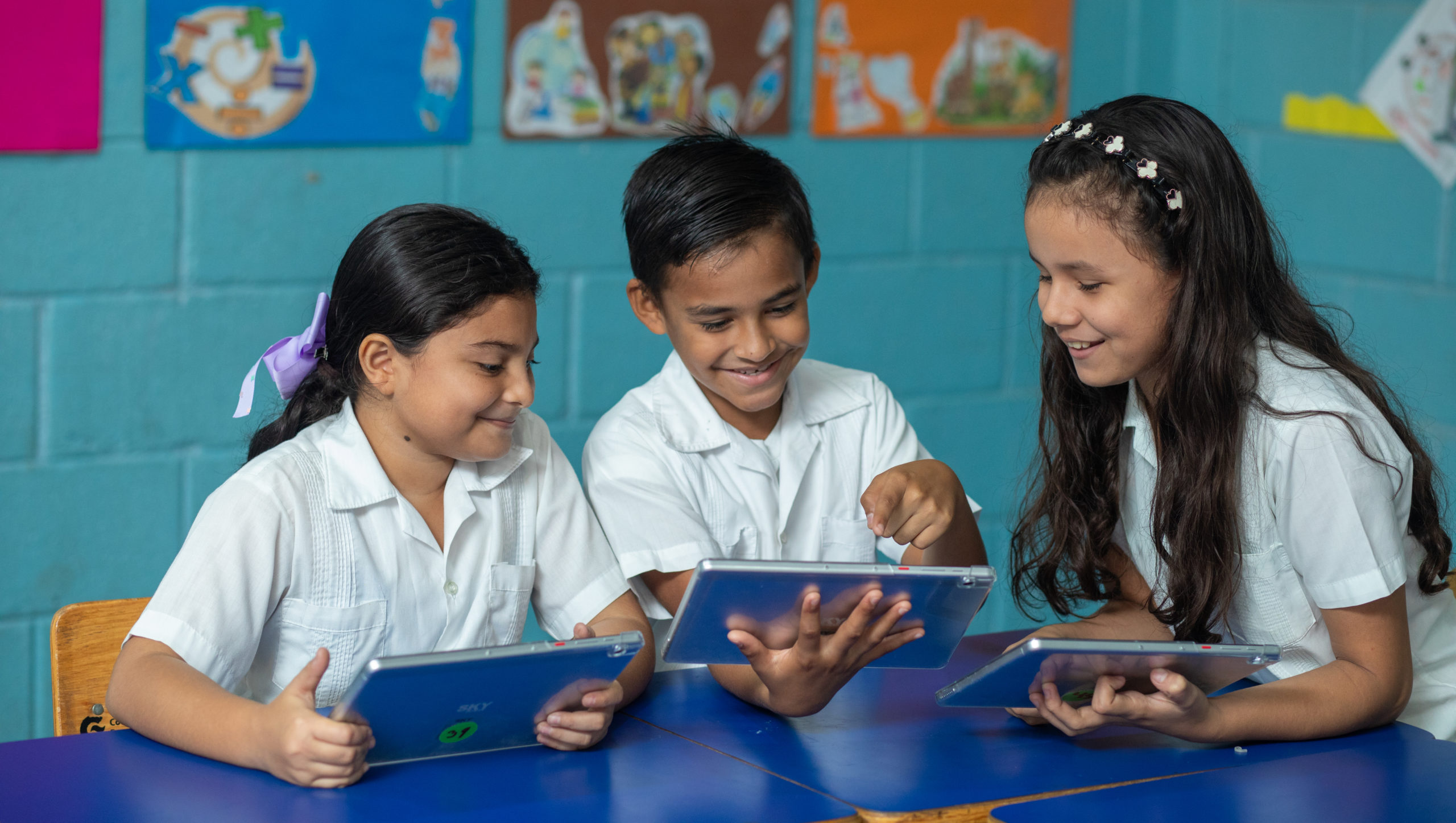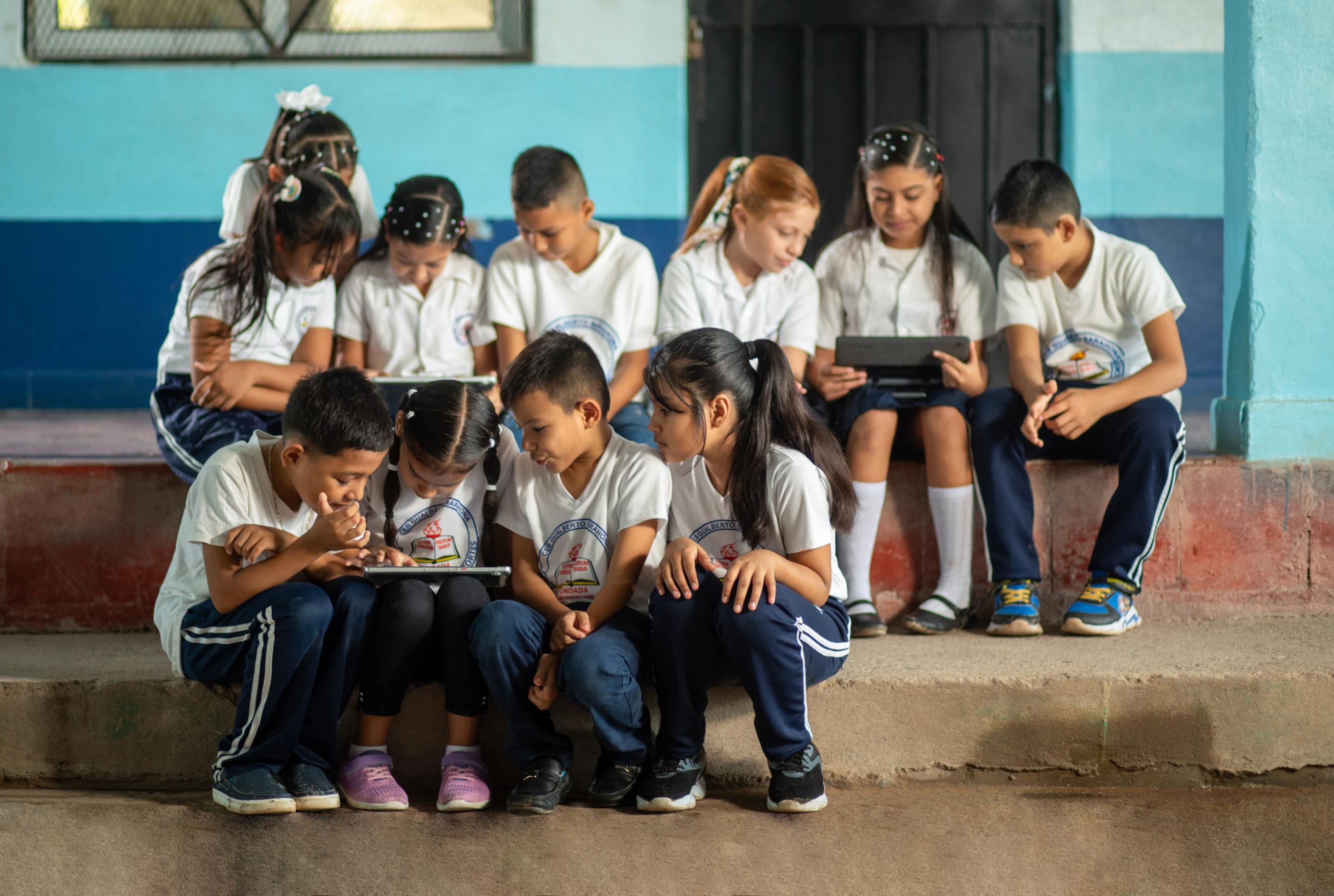
High Hopes in Honduras
A National Model for Digital Education

In Villanueva, a farming community known for its sugarcane fields, ten-year-old Samantha sits in front of a tablet, learning maths through interactive lessons for the first time. Her school is one of several in Honduras now connected to the internet, opening new learning opportunities for children who have long been excluded.
This progress reflects a wider national shift. Honduras has moved to treat connectivity and digital education as state priorities, setting a target to connect 10,000 schools by 2030. The government is building a model that links policy, governance, financing, regulation and data tools into a coherent national system for digital learning.


A national policy foundation
The country’s Digital Education Strategy sets out a unified approach across five areas: connectivity, devices, platforms and content, teacher training and pedagogical innovation. This strategy provides the policy anchor for long-term investment and coordination across ministries and institutions.

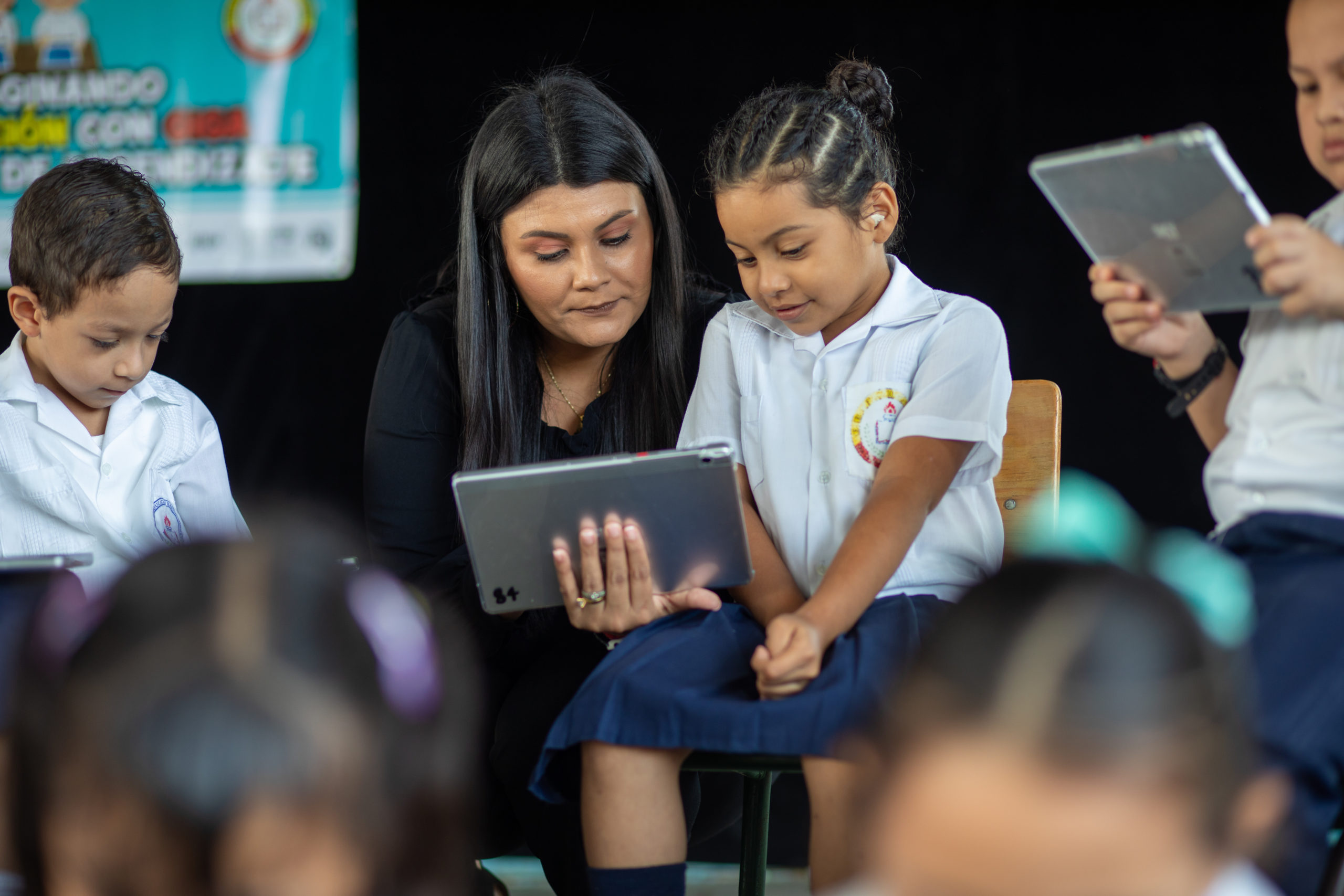

Stronger governance
To steer this work, the government established a Technical Committee on Digital Education, facilitated by UNICEF Honduras. The committee brings together the Ministry of Education, CONATEL, HONDUTEL, DIGER, universities, NGOs and private-sector partners. Its multisector structure is designed to ensure continuity beyond the current administration and to maintain a shared direction for the sector.

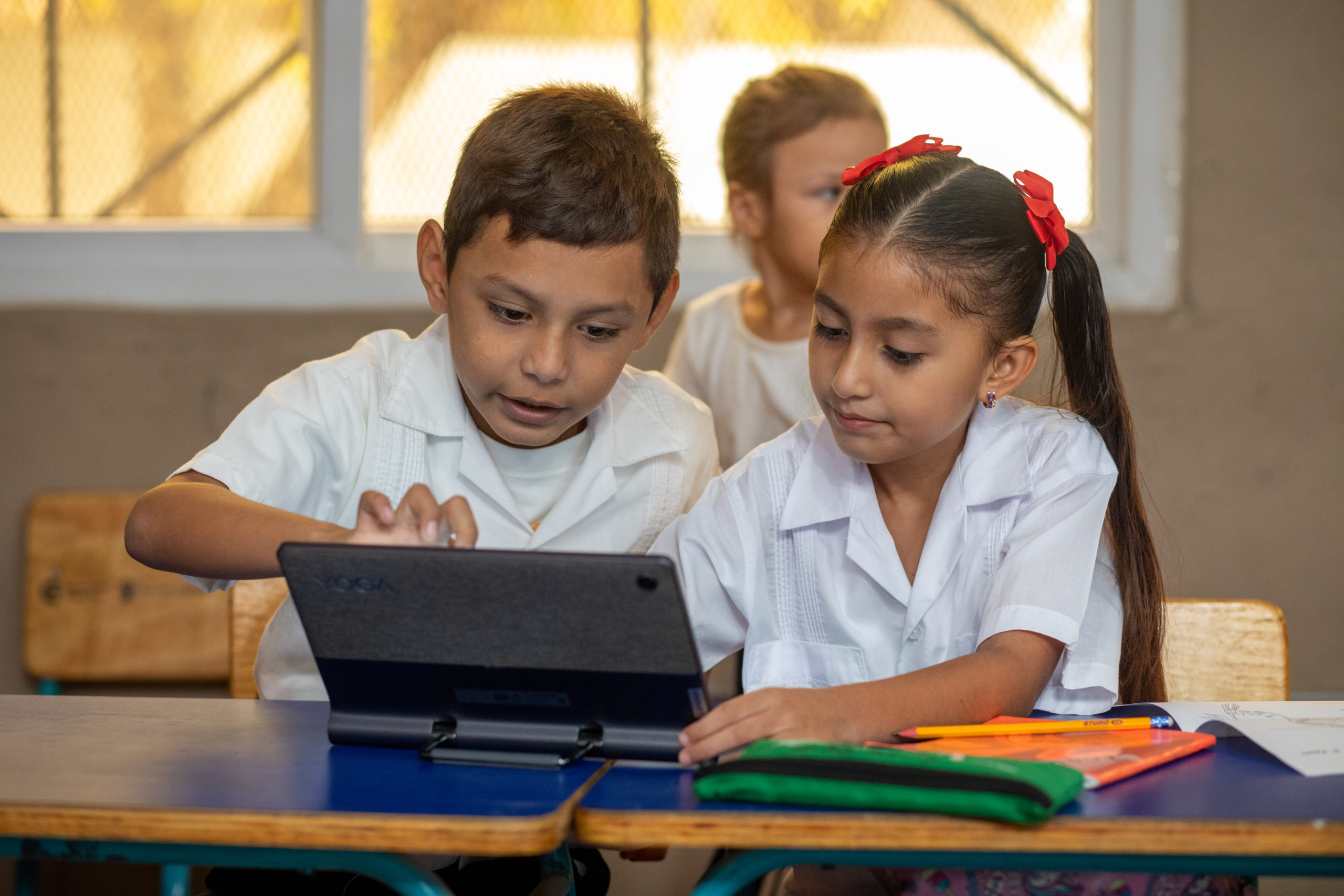
Honduras is building a government-led national model that unifies policy, governance, financing and data systems to scale digital education sustainably.


National data and monitoring systems
Giga, the UNICEF and ITU initiative that helps governments map, finance and monitor school connectivity, supports the country with the data infrastructure needed to manage the system. The Ministry of Education has adopted Giga Maps as the national platform to track progress across key areas of the strategy. Giga Meter has been deployed in more than 50 schools to provide real-time visibility on internet quality, strengthening transparency and decision-making.

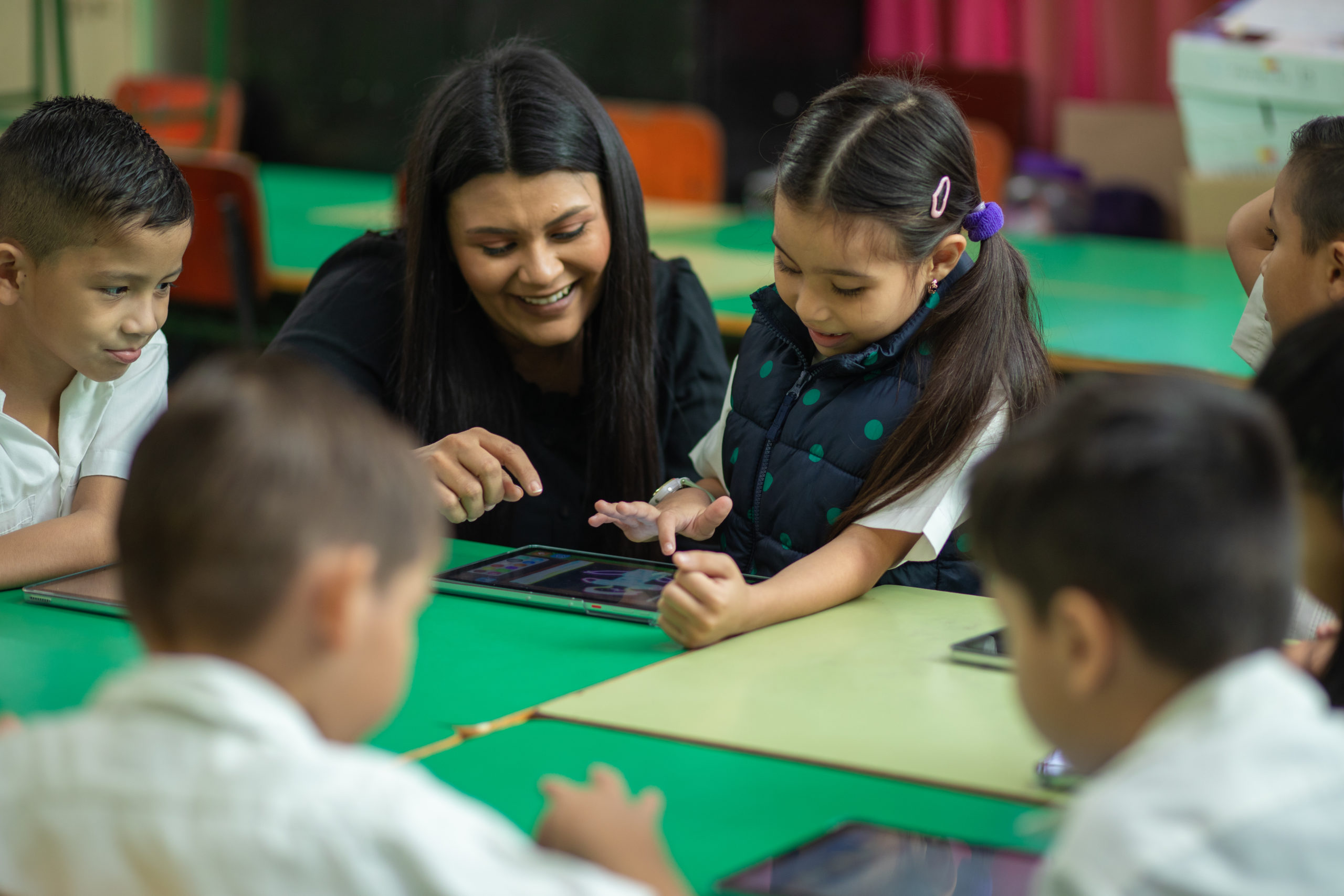
Financing and regulation to expand access
A rebalanced loan from the Inter-American Development Bank has redirected USD 19 million to school connectivity, with plans to connect 2,000 schools this year. Honduras is also preparing a new telecommunications law, informed by ITU analysis, to strengthen competition and improve service coverage, especially in underserved areas. Earlier lessons from community-supported connectivity pilots have contributed to understanding what is required to sustain access in different settings.

A coordinated national model
Together, these elements form the Honduras Model: a government-led approach that brings policy, governance, financing, regulation and data systems into one framework. The model focuses on nationwide implementation, institutional accountability and long-term sustainability.


Across the country, schools are beginning to access digital platforms, teachers are receiving support and communities are recognising the value of connectivity for learning. Honduras is laying the foundations of a resilient digital education system, positioning itself to deliver lasting results for its 1.8 million students.

